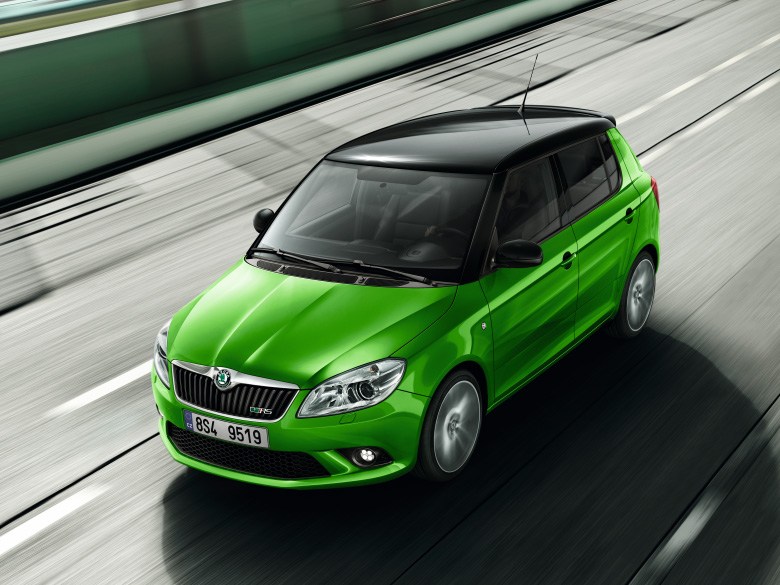It seems that, generally speaking, there are two different ‘types’ of cars. Successful car models are either sleek & speedy personifications of their owners’ self-perception; or cheap & cheerful, and (to various extents) practical and reliable.
It can also generally be said that when a manufacturer succeeds in creating a model which ticks the right boxes in practicality and affordability with regards to a particular customer focus group, this model will sell.
When introduced in 1992, the McLaren F1 was the fastest car in the world. Equipped with a gold-lined engine cavity to improve heat conduction, the F1 could do 242 miles per hour. It is still widely regarded as the best-engineered road-vehicle in existence. The McLaren F1 is no longer being produced – and getting hold of one is near enough impossible. Incredibly specific as a new car to the single, super-rich, luxury-loving road racer, sales of this model were an incredible success.

Focusing on the latter ‘type’ of cheap & cheerful car however, this kind of strategy inevitably involves a risk – an example of this is the new Vauxhall Adam, which is designed quite specifically for the young (or at least young-at-heart) city driver with a penchant for the funky. It is an attempt to outdo the Mini Cooper, the Audi A1 and the Fiat 500 at their own game. It is questionable whether this particular super-mini will be a success, since the targeting is not only outlandish, but also slightly overdone (unless people really are into optional heated steering wheels and LED starlight ceilings). Moreover, the Adam will attempt to cover a market which is already saturated.
Of course there are also examples of this customer-focused strategy succeeding, even in terms of affordable cars built for ‘practical’ purposes. The Hyundai i30 can be quoted as an example here. By virtue of creating strong, efficient, reliable cars, Hyundai managed to secure a million-pound contract with the British police force. Most of the ‘panda’ cars in use by police officers now are still either a Hyundai i30 or a Hyundai i20. Any police cars spotted in the countryside are most likely to be Hyundai ix35 SUVs. Rather than looks, durability and legroom (for police officers and potential suspects in the rear of the vehicle) mattered. Hyundai therefore made the right compromise.
Due to the risk involved in designing a car specific to a customer group, most manufacturers will however create what might be called ‘utility cars’. The Fiat Panda is an excellent example, however this principle applies equally to the Ford Kia, or the Skoda Fabia hatchback. Its Top Gear review sums up the Fabia as follows: ‘The Skoda Fabia Hatchback is cleanly styled, well made, quiet-running and sweet if unexciting to drive…Owners absolutely adore them’.
The strategy which almost guarantees success therefore is a combination of ok driveability, coupled with affordability. Both can be tweaked upwards, however, generally speaking, affordable small cars are likely to be the most important – and safe – trend on the automotive market at the moment. They are ‘utility cars’ rather than luxury models, and therefore tie in with the basic needs of the majority of Britons.
Keep Abreast | Like us on FaceBook | Subscribe to our Free Newsletter


